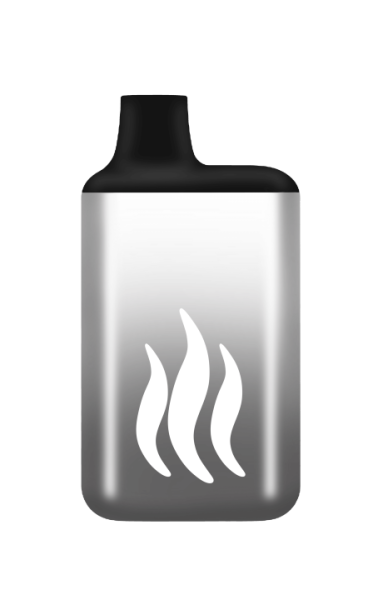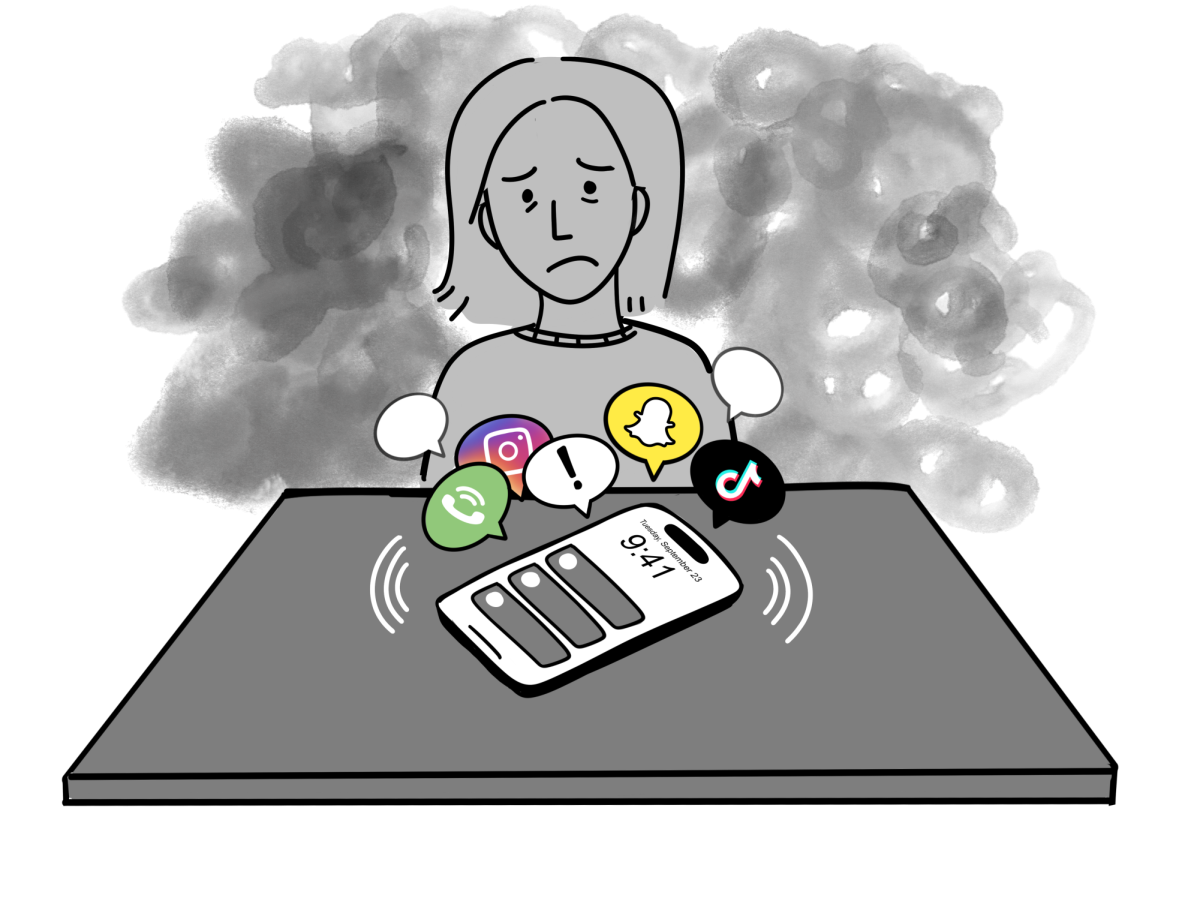
Since the 1971 War on Drugs, the consumption and distribution of recreational drugs among young adults has been a persistent topic in the public sphere.
The first efforts on the issue were centered around controlled substances. As defined by the 1970 Controlled Substances Act, these substances include LSD, heroin, marijuana, and various amphetamines. As research throughout the 1980s and 1990s highlighted the negative effects of cigarettes and alcohol, both substances faced greater public scrutiny. In recent years, e-cigarettes, also called vapes, have spread through the country as a common method of nicotine consumption, particularly among adolescents. There are plenty of conversations to be had on government action regarding drug use among teens—however, the impact of schools and other public initiatives have been vastly beneficial toward combatting this issue.
Nancy Reagan’s 1981 “Just Say No” campaign was one of the first widespread national efforts to combat youth drug abuse; focusing largely on prevention through personal responsibility (opposed to highlighting legal ramifications), specifically targeting peer pressure. In the years following, many similar initiatives were created for various issues related to drug use: most prominently, the Drug Abuse Resistance Education, or DARE program. This project became one of the most recognized drug prevention programs in the US, with a focus on scare tactics to encourage abstinence. Currently, the US federal government mandates all schools receiving federal funding to have programs that prevent the use of illicit drugs among students and staff, per the Drug-Free Schools and Communities Act of 1986. These programs must include education programs for students, as well as disciplinary measures for violations.
LM is no exception when it comes to these programs. According to tenth grade assistant principal Sean Capkin, disciplinary measures are taken whenever a student is found to be in possession of drug paraphernalia. These disciplinary measures consist of a suspension between one and three days. The assistant principal asserted that LM aims to create a “holistically healthy” school environment, where infractions to school policy regarding drugs and associated items are treated “very seriously.”
Data from the last few decades suggest these policies have been effective. According to the Monitoring the Future survey conducted by the University of Michigan, while 85 percent of seniors in 1975 reported using alcohol in the past year, in 2022, only 51 percent reported the same. 2024 saw an even sharper drop down to 41 percent, marking the first time the figure has represented less than the majority of students. Similarly, in 1975, 45 percent of seniors reported using illicit drugs within the past year, whereas only 26 percent reported the same in 2024. Around the introduction of vapes in 2017, around nineteen percent of seniors reported using one in the past twelve months, which spiked up to 35 percent in 2019, but down to 21 percent by 2024.
While it is impossible to quantify the exact impact of anti-drug programs across the country for the past fifty years, this study suggests that students today are, on average, healthier in this aspect than students fifty years ago. These changes come as a result from a change in the culture surrounding these practices, a change likely shaped by consistent messaging and negative public perception of such habits.
To conclude, while drug and nicotine use among teenagers remains a concern, the data shows significant movement in the correct direction over the past five decades. Should public messaging and advocacy remain constant, it is reasonable to expect substance use to continue to lessen in the decades going forward. Until then, it is important for local communities to maintain the drug messaging which has been constant through this decrease, and continue to support students who may be struggling with these vices.





